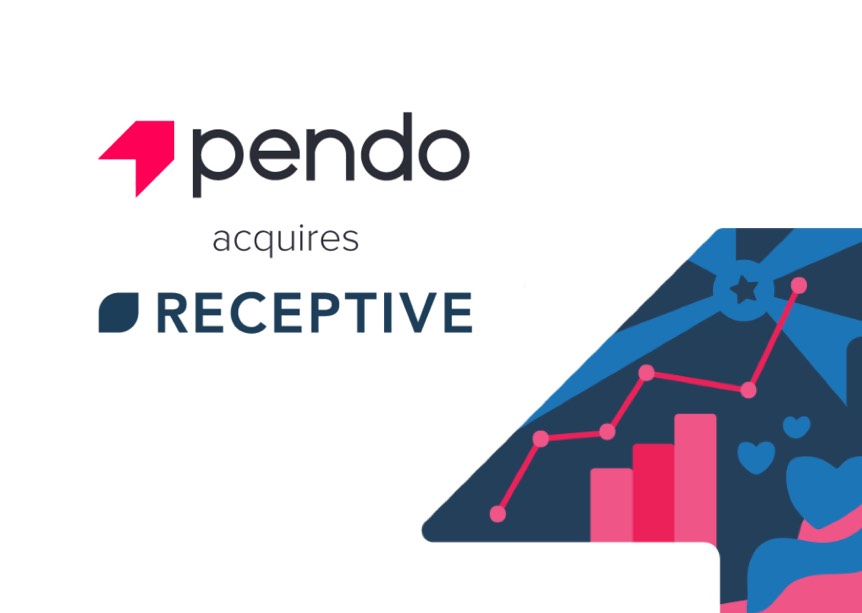
Kimberley Porter is currently the Instructional Designer at Huddle. She’s tasked with creating and maintaining the educational hub for Huddle’s users, ensuring they have all the information they need to use the product.
Recently, our very own Aly picked Kimberley’s brain for her podcast, speaking about the role education plays in the customer success process.
You can listen to the podcast in full here.
In this article, we’ll attempt to summarize the key points and takeaways that Kimberley helpfully passed on to us.
Where Education Fits In
Kimberley explained that the overall user journey when it comes to customer success consists of a few major parts:
Onboarding -> Education -> Nurturing
As you can see, education fits snugly in the middle of the journey. It’s the bridge between onboarding a new user and nurturing a user as they master your product.
She then emphasized the idea of Performance Support. This is the idea that simply handing new users a large swathe of information doesn’t help them.

Instead, she focuses on creating bitesize chunks of information that are given when it’s required. The context of the information is crucial to the success of the education.
When it comes to education, context is key. You need to allow the user access to relevant information at the exact time they need it.
How To Start Your Educational Program
When Kimberley took up the mantle of educational content, she put in place several ground rules.
There’s a lot of terminology used internally that may be different to that used externally, especially in software products. Kimberley made clear the importance of having a set language and terminology in place for both internal and external use to avoid confusion down the line.
Furthermore, creating the content is often the responsibility of multiple people. It’s important that all the content is stylistically identical, and so creating a style guide should be a priority early on.
You should also consider assigning a person to project manage the whole process, ensuring that all the topics are covered and that everything flows seamlessly for the user.
Finally, data is massively important (we’ll come on to that later) and so it’s vital that you set up some form of data monitoring system right away. The sooner you start collecting data, the better you’ll be at making decisions.
Get these ground rules in place early on and it’ll make the scaling process so much smoother, and will result in a better learning environment for your users.
Using Data To Improve Your Content
As we alluded to in the previous section, it’s really useful to gather data which you can use to improve your educational content offerings.
Data can be used to set benchmarks, without which you’d have no way of knowing if your content is helping or not.
Kimberley suggested analyzing the current data and using this to set a current benchmark. This is where you currently are. You can then identify patterns and start tweaking things to see if there’s an improvement.

After a while, you should be able to set a new benchmark, and this is what you should then aspire to.
This iterative method will help you to keep constantly improving the education of your users.
Aim to constantly use data to set measurable goals and targets to ensure you keep improving your educational content.
What To Look For
According to Kimberley, there are two main data points you should be analyzing. These are “Adoption” and “Engagement”.
The ideal aim for your educational content is that a user will read it and then apply their newfound knowledge to using your product. It’s up to you to spot these patterns and make sure that your content is doing its job.
You should also be using both Google Analytics and Zendesk’s *(if you use it) *analytical offering to study click-through rates for search results, and bounce rates to track a user’s journey through your content.
If you find an issue, Kimberley suggests honing in on the problem and providing a solution. This solution will likely be helpful when it comes to similar problems you’ll discover in future.
Finally, spend time optimizing your search results and trying to get into the heads of your users. What do they search for? If that doesn’t work, then what do they search next?
Data can be your best friend if you use it correctly. Focus in on issues that crop up so that you’re in a better position to fix or prevent them next time round.
Managing All That Content
Sometimes you’ll realize that you have a lot of content.* And we mean a lot.* This can be overwhelming. Kimberley told us that she’s been there before and it just means you have to prioritize.
If you have a backlog of content to produce, then you need to ask yourself certain questions in order to figure out which to attack first. Is it time critical? Is it on a critical path for users?

If the answer to either of those is yes, then you need to prioritize them above other pieces of content. Conversely, if the answer is no, then you can probably push them to the back of your queue.
Kimberley uses a ‘spider tool’ to track through content, allowing her to see where she should best be applying herself.
Realize that the only way to put out the right content is to prioritize it depending on what your users require.
A Safe Learning Environment
Our final point is a big one. When she made this point, Kimberley was talking specifically about ‘self-service customers’ - those who prefer to learn by themselves as opposed to being taught personally by a Customer Success member.
But we think this is a great point that can be extended out to cover the whole of educational content.
You need to provide a safe learning environment. Not safe as in a lack of danger, (though that would be nice) but safe as in comfortable.
Your users need to feel like they’re in a learning environment where they can take in new knowledge and be able to apply that to their use of the product.
Try to make your users feel as welcome as possible, and make sure they know the whereabouts of the educational content at their disposal.
Teach A Man To Fish…
We learnt a lot from Aly’s conversation with Kimberley, and we hope you can too. If you haven’t yet listened to the podcast (and don’t mind spoilers) then you can go ahead and listen here.
Education is so important when it comes to customer success, and now you know why.
Just like the old proverb to which Kimberley alluded: “Give a man a fish and you feed him for a day; teach a man to fish and you feed him for a lifetime.”



